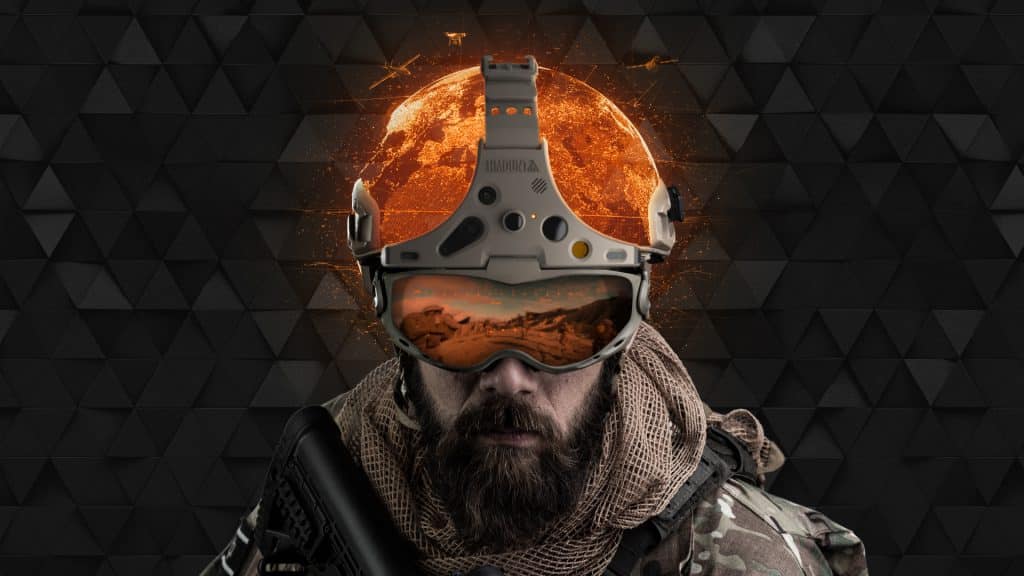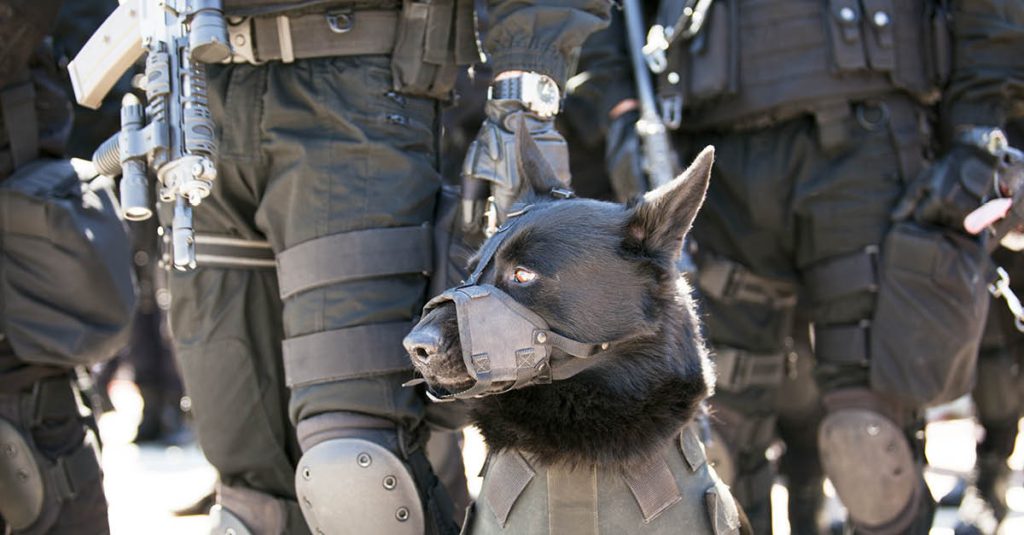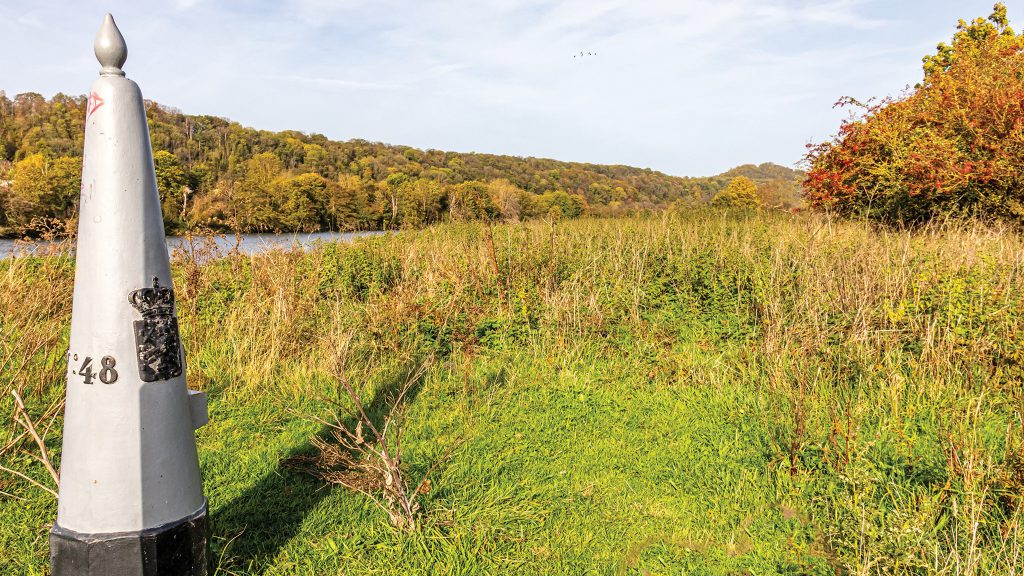Is augmented reality going to revolutionise the way soldiers train and fight? To what extent, and at what cost?
There will be a dramatic change in the modern battlefield over the next few years. Augmented reality (AR) is quickly becoming part of our everyday lives, and the military is one of the first sectors to fully embrace it. AR will revolutionise the way soldiers train and fight. What will the future army look like?
Augmented reality refers to adding sound, text, visual elements, or other sensory stimuli into a real-life environment. In the future, AR will play a significant role in how we conduct armed conflicts in the future. Many states are already investing in augmented reality technology to enhance soldiers’ situational awareness during military operations.
Military operations will likely occur in urban areas, presenting many challenges. Among them are limited visibility, unfamiliarity with the environment, sniper threats, concealment of enemy forces, and a general difficulty locating and identifying the enemy and friendly forces. Much complexity is involved in urban operations, and this is where augmented reality comes into play. AR platforms improve commanders’ tactical awareness, target acquisitions, and information gathering and sharing. “Using augmented reality, soldiers can simulate training as closely as possible without putting themselves at risk. The soldier uses his own personal weapon. He sweats, his pulse is high, and his sight and hearing are limited. This is a very realistic representation of real combat conditions. The use of augmented reality and future soldier systems enable complicated training scenarios to be run at a much lower cost. For instance, underground warfare. Building an underground facility is a highly complex process, so an AR simulation is an ideal solution”, says Yaron Sitbon, VP of land department at TAR Ideal, specialising in national-scale, public safety, security and defence technologies and solutions.
“A high-level training tool like AR can already be imagined to be used on future battlefield”, adds Sitbon, “Today’s threats are multifaceted. Data is constantly being sent to soldiers from various sources such as sensors, drones, satellite imagery, Visual Intelligence platforms, GPS and AI. Gathering this data is a challenge. By using augmented reality, soldiers can receive information in the simplest and clearest way possible. As a result, soldiers could identify targets that are not necessarily visible, and classify them according to priority, whether they are quality targets or not”.
Augmented reality technology will enable future soldiers to access real-time data about their target, their surroundings, and friendly or hostile forces in real-time. Sharing target information through a visual medium, such as an AR device, would provide individual troops with additional attack evaluation tools. By combining satellite imagery with sensor data, augmented reality may enable soldiers to see “through” buildings and walls. A military attack may be cancelled or suspended if it becomes evident before the attack that the target is not a military object. AR devices may therefore be viewed legally as a measure of precaution taken by soldiers during hostilities.
In 2021, Microsoft was awarded a contract by the U.S Army for augmented reality headsets worth up to 21.9 billion dollars over a ten-year period. The Integrated Visual Augmentation System (IVAS) contract was awarded to Microsoft to produce a militarised version of its HoloLens augmented reality goggles.
“Think about giving the soldier instantaneous situational awareness capabilities, not only of their surroundings but also of the proximity of mission-critical people, places and things. This will have a profound impact on soldier safety and a marked reduction in friendly fire and other types of incidents,” said David Marra, IVAS program director for Microsoft.
The IVAS delivers “next-generation night vision and situational awareness capabilities to the Close Combat Force (CCF) at the speed of relevance”, the U.S. Army said in a statement. “The IVAS aggregates multiple technologies into an architecture that allows the Soldier to Fight, Rehearse, and Train using a single platform. The suite of capabilities leverages existing high-resolution night, thermal, and soldier-borne sensors integrated into a unified Heads-Up Display to provide the improved situational awareness, target engagement, and informed decision-making necessary to achieve overmatch against current and future adversaries. The system also leverages augmented reality and machine learning to enable a life-like mixed reality training environment so the CCF can rehearse before engaging any adversaries”.
“All existing traditional systems, such as night vision devices, binoculars, flashlights, cameras, laser markers, and other wearable aids, are expected to be replaced by IVAS. Making this system operational and stable on the soldier’s helmet is the biggest challenge”, says Itai Hen, HMOUNT’s chief technologist, founder and CTO. Hen is a trained chemical engineer, with many years of experience in the ballistics, helmets, and protective vest industries. HMOUNT was created to meet the IDF’s unique operational needs in the field of helmet adapters. H-Mount has registered several patents worldwide for their revolutionary product
“In order to connect to IVAS, a special helmet is required, which is its weak point. Our innovation will make the connection easier. HMOUNT modular adapters easily and quickly attach to the helmet without drilling holes, glueing, or changing its shape”, adds Hen, “Currently, we are developing the third generation of HMOUNT, which is compatible with future soldier helmets and AR systems. A versatile and modular system, HMOUNT can be adapted to any helmet, whether small, medium, or extra-large. HMOUNT Adapters can be transferred from helmet to helmet; the advantage is that you don’t need a specific helmet. HMOUNT adapters can interface with all helmets, all shapes, and all sizes. We are preparing our company for the AR era”.






